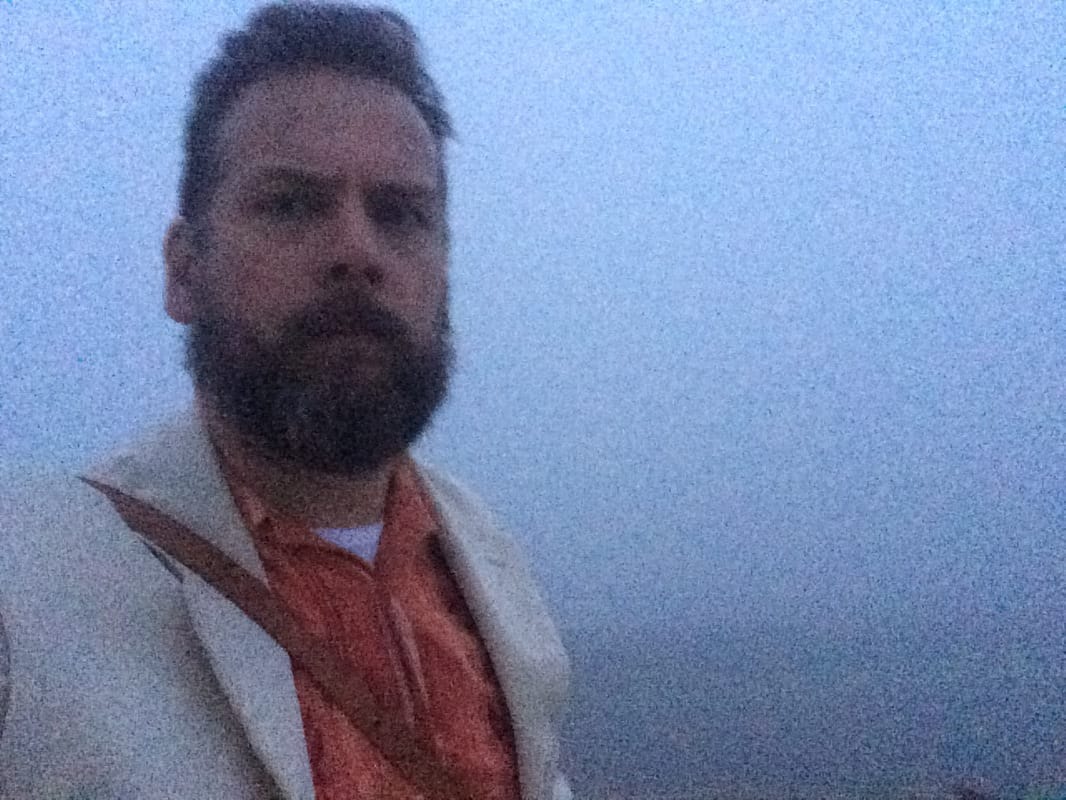|
Following the high-speed adventure of Tintin and the Secret of the Unicorn, Steven Spielberg returned to the CGI motion capture uncanny valley delights with his adaptation of Roald Dahl's much loved The BFG. The BFG represented a move against the prevailing tides. Under the influence of Pixar and Spielberg's own Dreamworks animation studio, children films had become savvy comedies which worked as well with adults as they did children. But The BFG largely eschews any nods and winks to mum and dad – except for some humour late on – and instead translates Dahl’s fable to the screen with respect and invention. We begin in a twilight London’s as Sophie (Ruby Barnhill), an insomniac and precocious young girl, prowls the orphanage while the other children sleep, sorting the mail and enjoying the run of the place. Late one night, Sophie spies a looming shadow on the street and is spotted peeping by the Big Friendly Giant (Mark Rylance, working once more with Spielberg following his Oscar-winning turn in Bridge of Spies). She is snatched from her room and whisked away to the Land of the Giants where the BFG tells her she must stay to stop her from telling everyone about him. Reunited with his screenwriter from E.T: the Extra-Terrestrial, Melissa Mathison, the first half of the film takes its time to establish the relationship between Sophie and her new friend in what is essentially a two-hander, with Rylance having huge fun with his bumbling, language-garbling cockney colossus. The BFG offers the sort of companionship Sophie never had, the protection she seeks and a moral centre. The BFG's job is the capturing and scripting of dreams. Sound familiar? Roald Dahl said this was his favourite of his own creations and it is tempting to see this massive Prospero as a surrogate for Spielberg himself, a ‘dreamworker’ whose subject when it comes to his children’s movies is the relief of childhood loneliness. The BFG is also a vegetarian and must eat disgusting Snozzcumbers instead of drinking the blood of Englishmen. Unfortunately, he is not alone and is in fact the runt of the litter. The other giants are more traditionally fee-fi-fo-fum about their calling, with blood curdling names like Fleshlumpeater (Jermaine Clement) and Blood Bottler (Bill Hader), and Sophie is in imminent danger of becoming a snack. Should the BFG return her to the orphanage and relative safety or should they together try to defeat the bigger unfriendly giants? Always visually inventive, Spielberg delights in the idea of scale here with ingenious solutions for the BFG’s home and a very funny sequence in Buckingham Palace. Action sequences are used sparingly – there’s a battle of sorts – with the film more intent on the emotions of the characters. That The BFG works is down to the performances. Rylance, as already noted, is superb and he manages to shine through the CGI with genuine compassion, decency and occasionally pathos. Eye-catching newcomer Barnhill more than holds her own, her pluck and courage a perfect rendition of Dahl’s character. There are moments of real wonder and delight and Quentin Blake’s original illustrations are occasionally glimpsed in the set ups. 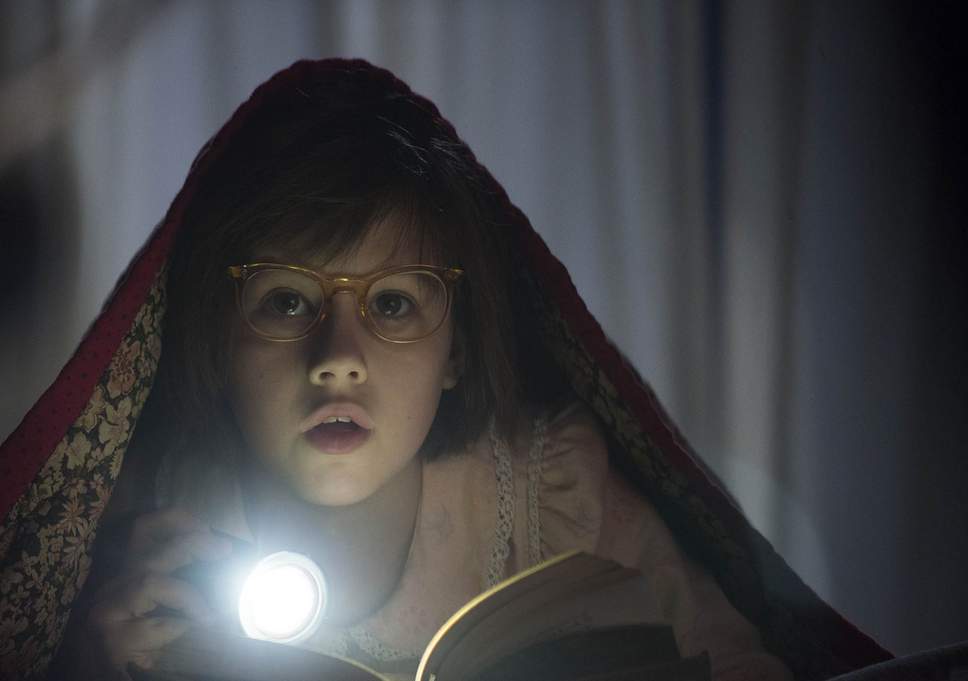 The BFG had been filmed before as a great cartoon, but a live action film took a winding route to realization. In the early 90s, Robin Williams had been attached but in the end his Big Friendly Giant improvisational style wasn't a good fit with the made up language of Dahl. Other directors were also involved through the years until 2014 when Spielberg took up the project, casting his new find Mark Rylance in the the main role. As with Bridge of Spies, The BFG comes off as a technical challenge, rather than a film Spielberg really needs to do.
1 Comment
18/5/2020 02:39:03 am
Movies are created to entertain people and we have seen different stories that will change our perspective about life. The life that we have right now is not permanent and it is always changing. We can make a reflection to the different movies and we can all follow the different rules that are written in the blog. This is a story of a giant man who found friendship and that friendship created a huge difference in the life of those two characters.
Reply
Leave a Reply. |
AuthorJohn Bleasdale is a writer. His work has appeared in The Guardian, The Independent, Il Manifesto, as well as CineVue.Com and theStudioExec.com. He has also written a number of plays, screenplays and novels. Archives
March 2019
|
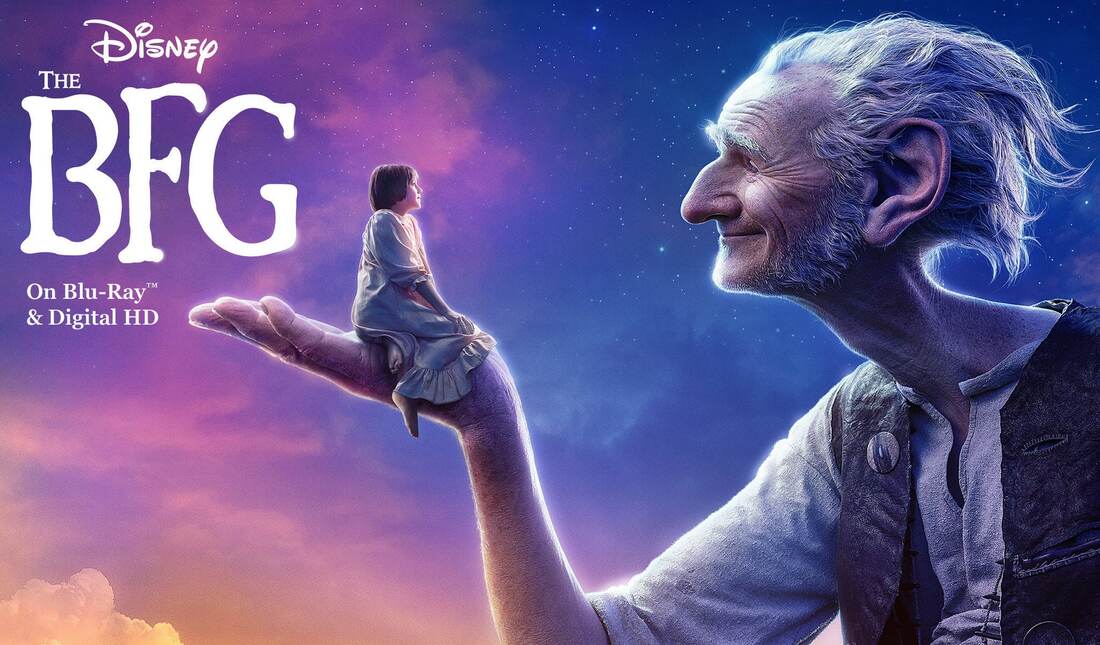
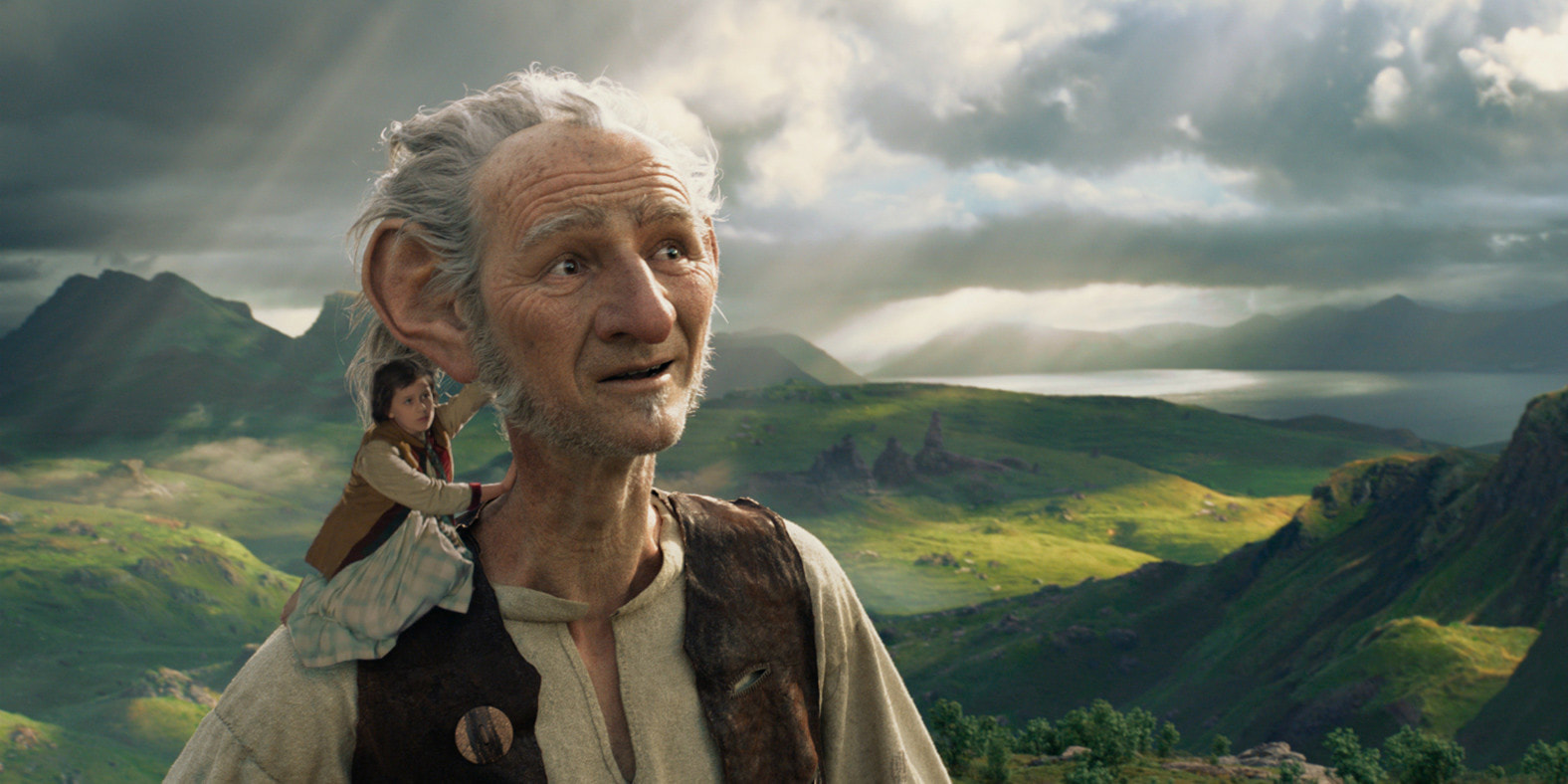
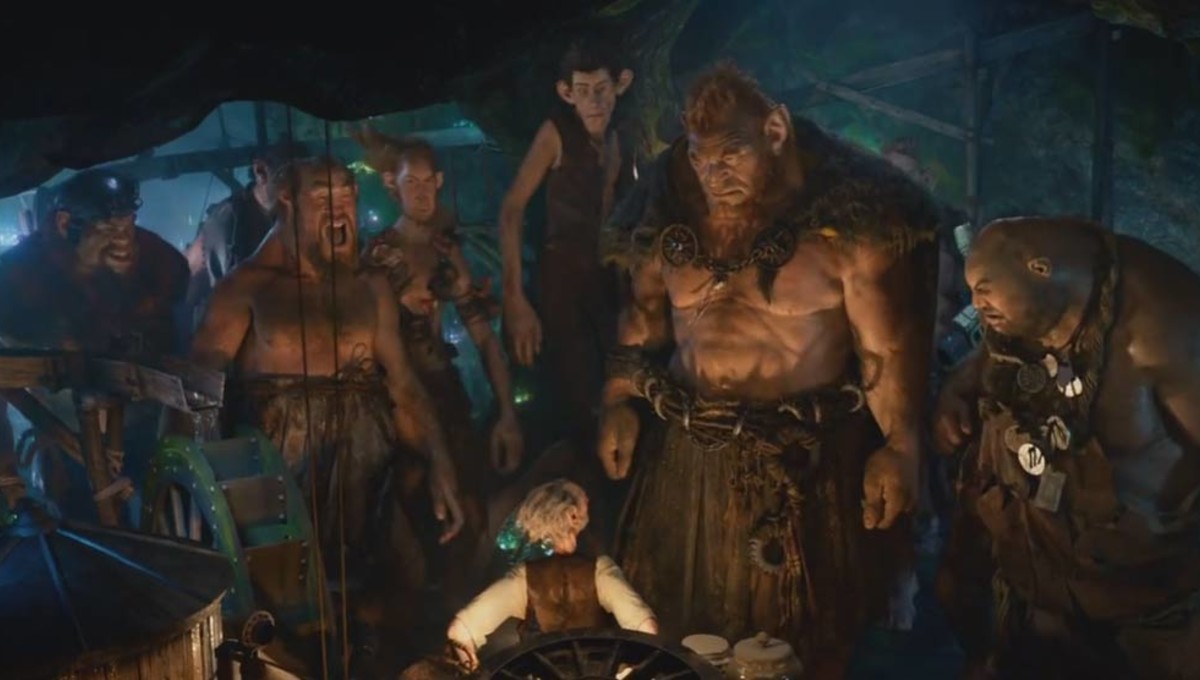
 RSS Feed
RSS Feed
